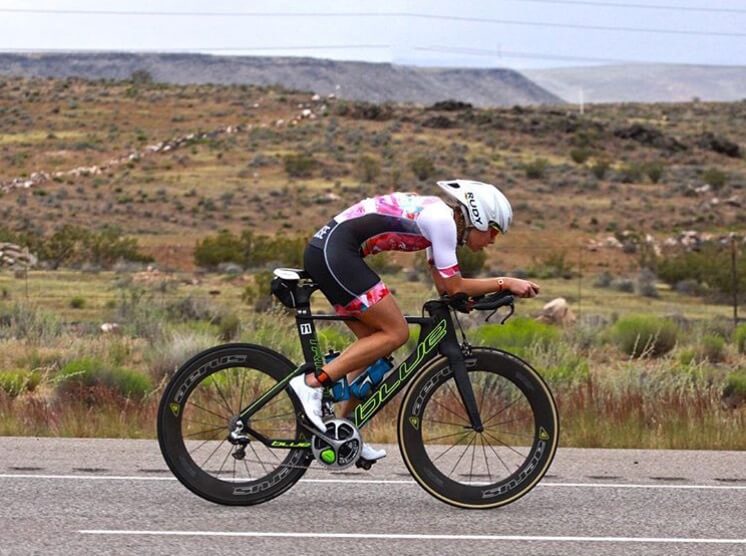
By guest blogger, Professional Triathlete and Prolete, Ellie Salthouse.
With winter training in full swing, I thought I’d write a gentle reminder to practice your transitions. It is a skill most people forget but can be detrimental if ignored, particularly in the shorter, high-pressure races. I’ve put together a few of my essentials when it comes to transition, to hopefully avoid last minute panic on race morning. Make sure you trial any new equipment in training before race day to avoid any unnecessary surprises and ensure you are familiar with the equipment you’re racing with. Remember, never try anything new on race day, it is simply an opportunity to showcase what you’ve been doing in training!!
So grab your checklist and ensure you have each of the following essentials before you pack your race bag:
Goggles: In order to site the buoys correctly and avoid leaking or fogging, make sure you have a good pair of swimming goggles. I would recommend a mirrored lens as this really helps with the sun, particularly glare off the water in early morning race starts.
Wetsuit: For those game enough to brave the colder races, you will need a good quality triathlon wetsuit. There are multiple suits available for all distances and levels of competition so make sure you get a suit properly fitted to your body type and swimming ability. Remember, a wetsuit is supposed to be tight fitting! A helpful hint for putting on your wetsuit is to use a plastic bag over your feet and hands when pulling on the suit. This will help avoid putting your fingernails through the neoprene. Baby oil and body glide are also helpful for pulling the wetsuit off quickly and to avoid rub marks on your neck!
Rubber bands: For an extra fast transition, I always leave my shoes clipped into my pedals and fix them in place using rubber bands. The bands allow the shoes to stay flat and stop them from hitting the group as you run to the mount line with your bike. Ensure you have the fastening on your shoes open, ready to easily slip your feet into after you mount.
Elastic Shoelaces: A lot of people, particularly beginners, overlook using elastic shoelaces. I believe they are the most important aspect of a fast transition, allowing you to slip your feet into your running shoes with complete ease. They should be tight enough that you can still run normally without your feet slipping, but not too tight that you can’t easily slip your foot in whilst they’re fastened.
Elastic Number Belt: This will allow you to leave your number in transition, affixed to the belt, so you can grab it whilst you are heading out of transition for the run. It is easily fastened using a clip so you can even do it up as you are running. Make sure your number belt is tight enough that it does not slip or move whilst you are running.
Once you have all the key components of a fast transition, you must ensure you are happy and comfortable with the set up of your equipment. This is simply a matter of trial and error in training to find what works best for you.
Happy training and don’t forget to practice your transitions over winter!!
Ellie xx
Follow and support Ellie’s triathlete journey via her website www.elliesalthouse.com.au on Facebook Ellie Salthouse Instagram @elliesalthouse1 or Twitter @elliesalthouse